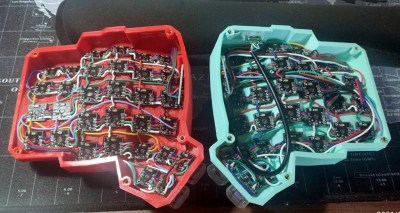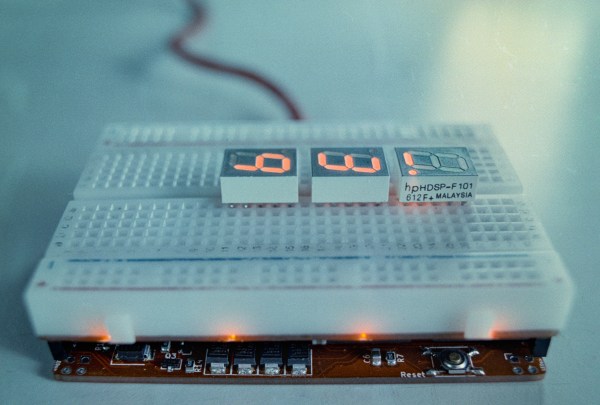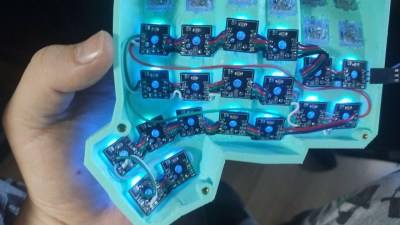The Atari VCS 800 is a modern product, a hybrid of a PC and a games console. Fundamentally, its a bunch of modern chips in a box running Linux that will let you browse the web or emulate some old games. Now, thanks to [ArcadeHustle], you can have persistent root access to the VCS 800 at your leisure.
The trick is simple, and begins by interrupting the systemd startup scripts on boot. One can then merge files into the /etc directory to achieve root access, either by the tty terminal or over TCP. It’s all wrapped up in the script available at the Github link above.
You can actually run a variety of OSs on the hardware, as it’s powered by an AMD Ryzen R1606G CPU and runs straightforward PC architecture. However, if you want to customize the existing OS to do your bidding, this hack is the way to go.
Hacking to get root access is key if you want to get anywhere with a system. We’ve seen it done on thin clients as well as car infotainment systems to give the owner full control over the hardware they own. If you’ve got your own root exploit you’d like to share, do drop us a line, won’t you?























